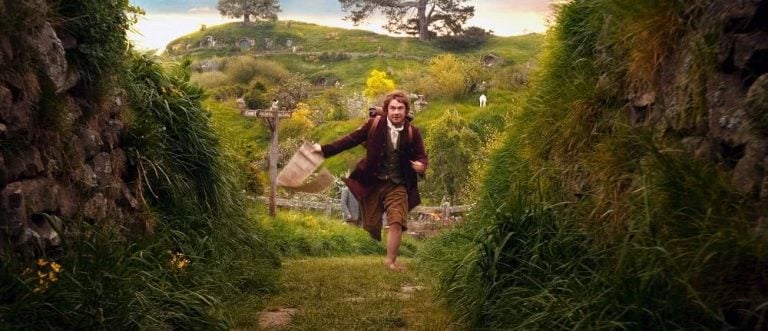By the time The Hobbit: An Unexpected Journey came out in 2012, the film had already been picked to pieces. Early anticipation had been quelled by a series of mini-controversies: first, the abrupt exit of genre favourite Guillermo Del Toro, who was set to direct while The Lord Of The Rings luminary Peter Jackson produced; then, the news that Jackson had expanded what was set to be one film into three; and, finally, the mild horror that rippled through film purists when it was announced that Jackson had shot the film using cameras capable of capturing an ultra high frame rate.
It would be wrong to say the film tanked on first release – it grossed a cool one billion dollars US, and received its fair share of positive to middling reviews. Even those who hated the film singled out specific elements for praise, from the distinct bruised fruit colour palette to the performances of series newcomers Martin Freedman and Luke Evans.
But amongst fans of Jackson’s original trilogy, discontent began to grow; discontent that was only cemented by the release of The Desolation Of Smaug the year later, and then The Battle Of The Five Armies the year after that.
These days, the story goes like this: An Unexpected Journey is boring; Desolation Of Smaug is uneven; and Battle Of The Five Armies grasps at straws. But I call bullshit on that narrative. Sure, the Hobbit films occasionally struggle to meet the high bar set by The Lord Of The Rings trilogy – but any series would struggle set against that precedent.
The Fellowship Of The Ring sets up an entire world in its first 20 minutes, but Jackson was well aware audiences were coming into Journey with a full knowledge of that world, and its lore.
And anyway, from the very first shot of Unexpected Journey, it’s clear that Jackson has no interest whatsoever in replicating old glories. The Hobbit series is a different entity entirely. For a start, it’s more meandering; more breezy. The Fellowship Of The Ring sets up an entire world in its first 20 minutes, but Jackson was well aware audiences were coming into Journey with a full knowledge of that world, and its lore, and its heroes. So instead of sprinting, he went for a stroll, spending a full hour developing character and tone.
Certainly he overdid the CGI, and there are sections of Five Armies in particular that feel like little more than a videogame. But at their best, the Hobbit films are perfect sequels – films that build on the promise of the originals while shaking up the tone and moving the narrative in bold new directions. Haters are gonna hate, but real Tolkien-heads know I speak the cold, hard truth.
Love Film & TV?
Get the latest Film & TV news, features, updates and giveaways straight to your inbox Learn more



































